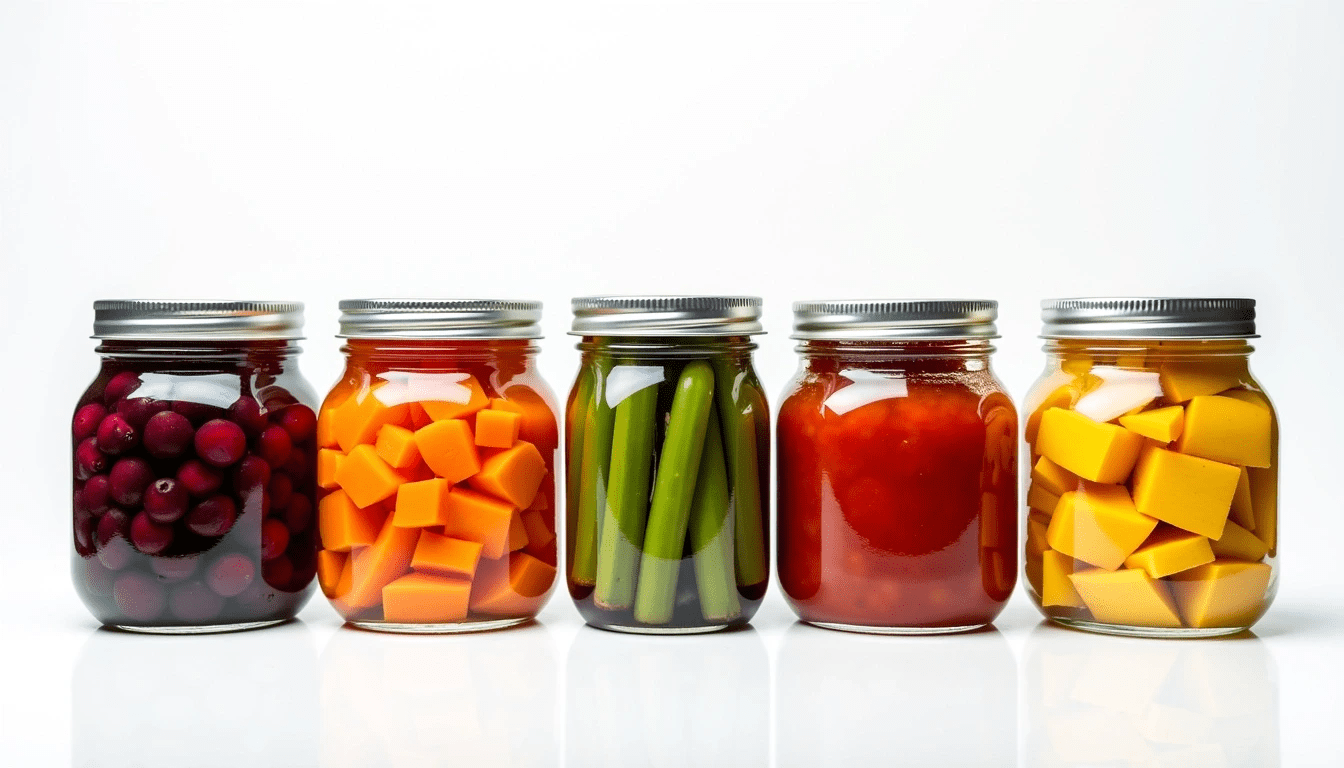Introduction
Food reviews (methodology of reviewing food) are used to assess the quality, taste, presentation of food and the overall experience. These reviews follow a specific set of standards, to ensure they are equivalent.
Professional food critics and sites like Yelp, Google Reviews, and food blogs have established methodologies. ‘Most restaurant reviews take into consideration the ingredients, portion sizes, hygiene, service and value for money. The goal is to offer consumers reliable and objective information.
Why Standardized Review Methodologies Matter
Having a structured food review methodology will help aid in consistency. Without a clear lens through which to view them, reviews can be arbitrary and misleading.
To do that, we can assign numbers to things—even on a one to ten scale or with star ratings—to quantify things like taste, presentation, and service. This enables comparisons between establishments. Having a standardized approach also mitigates bias, meaning that reviews will accurately reflect a true dining experience.
Methodology Food Reviews Complaints: Common Complaints
“Many consumers are skeptical of food review methodologies. Bias, fake reviews, and uneven standards are frequent complaints.
There have always been manipulated ratings on online platforms, with restaurants being rated falsely in service or products, positive or negative. To counteract these concerns, transparency and verification of customer feedback are key. Consumers should verify multiple versions of the story before deciding.
The Experts’ Function in Food Reviews
Professional food critics have strict review guidelines. They evaluate food quality, service, ambiance and uniqueness. Their credibility is based on expertise and neutrality.
Experts, unlike casual diners, have a deep knowledge of cooking techniques, ingredients and global cuisines. Their reviews dictate restaurant reputations and guide consumers in their dining decisions.
In the Reviews: Understanding Methodology Food Cost
Food price is a significant aspect of food reviews. Restaurants keep quality in line with cost-effectiveness.
Reviewers have to judge if a meal is the right price. Fine dining places rely on high-priced ingredients and superior service for justification. Budget eateries are those affordable places yet tasty and hygienic.
How Consumers Can Spot Trustworthy Food Reviews
All food reviews are not to be trusted. Consumers should seek out descriptive product listings, confirmed reviews from other users, and opinions from unbiased professionals.
Platforms such as TripAdvisor and Zomato hire verification systems to maintain authenticity. Reading many reviews from various sources give a better idea of a restaurant’s quality overall.
Glimpse into Future in Approach for Food Review
Taking Food Reviews in a New Direction With Technology Emerging Trends: AI-driven sentiment analysis, blockchain verification, real-time customer feedback
These improvements aid in vetting fake reviews and giving clearer evaluations. Upcoming chaotic live food reviews that include video cooked reviews and live ratings will ensure trust and transparency.
FAQs
What exactly makes methodology food reviews different from regular ones?
The methodology food reviews are based on specific structured criteria, so there is consistency, whereas for normal reviews, it is often subjective opinion based on personal taste.
What are some standard complaints about food reviews?
Fake reviews, biased ratings and inconsistent standards have been some of the biggest complaints against food review platforms.
How are food reviews affected by food cost?
Diners rate whether the cost is commensurate with restaurant quality and experience.
Are professional food reviews more trustworthy than customer reviews?
Their structured methodology and professional knowledge gives expert reviews high reliability.
What are the shifts to keep an eye on when it comes to food reviews?
Food Review Methodologies: AI-Powered Analysis, Blockchain Verification & Interactive Reviews


